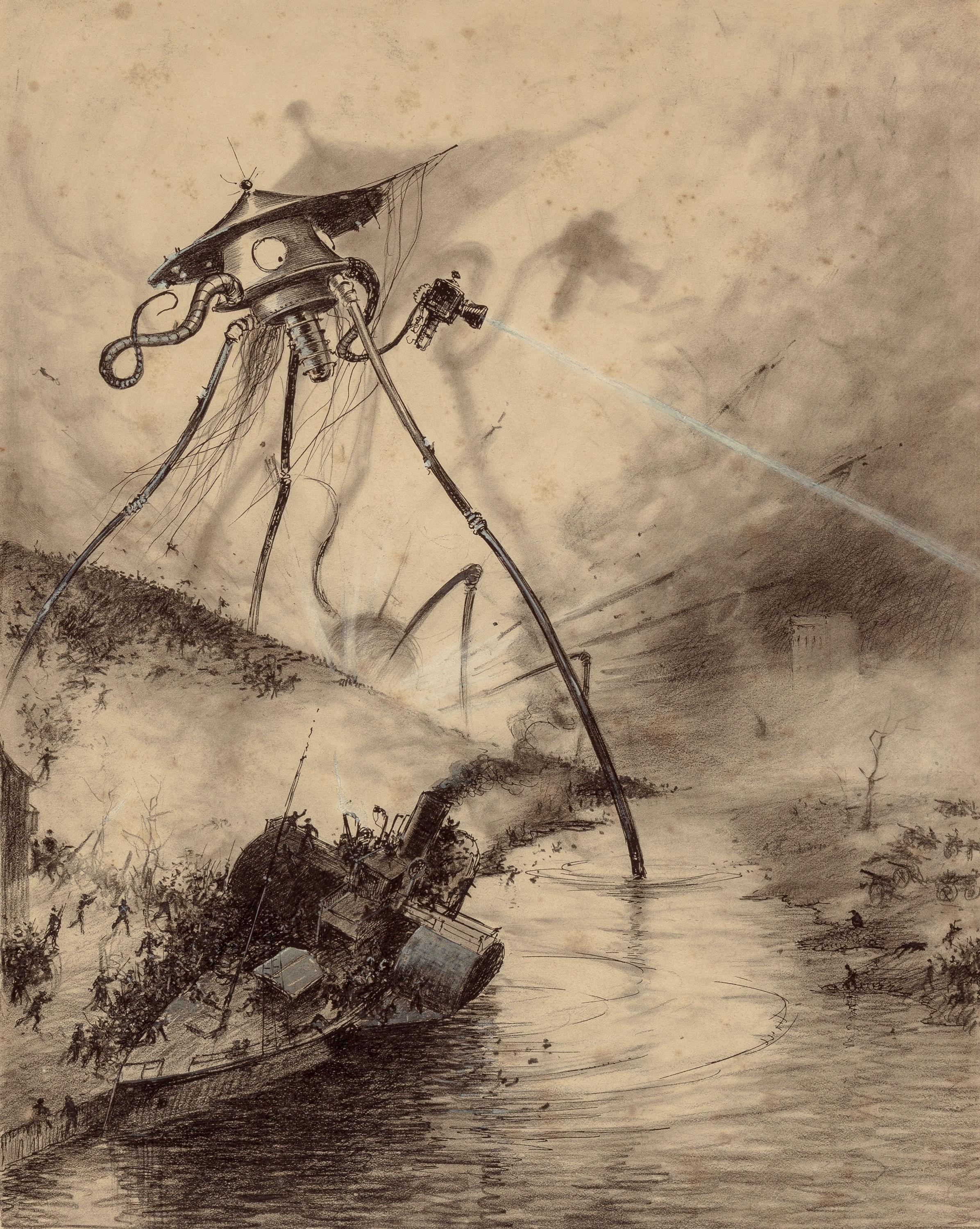Content Warning
Good Morning! :0)
H. G. Wells' 1897 novel The War of the Worlds, as illustrated by Henrique Alvim Corrêa.
#illustration #scifi #sciencefiction #drawing #draw #art#digitalart #graphicart #earth #waroftheworlds #alien #ufo #invasion #hgwells




















